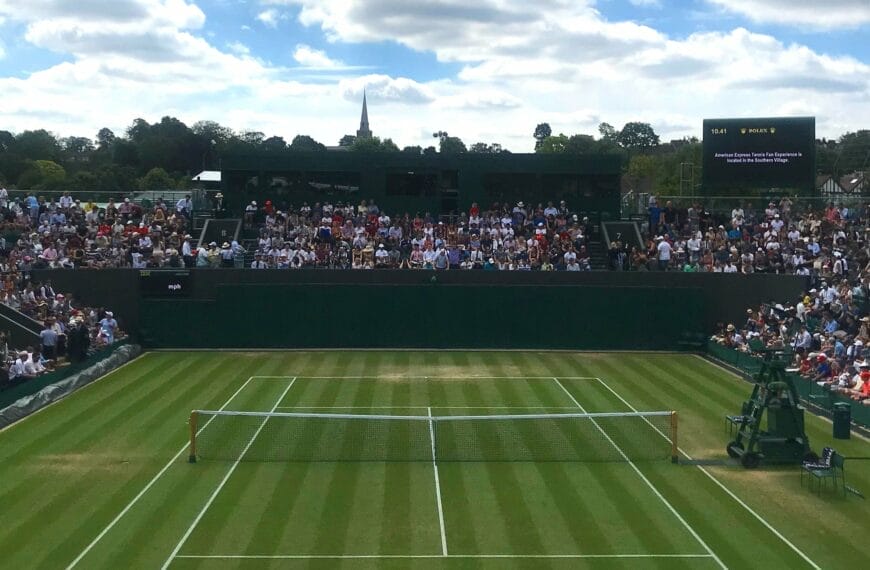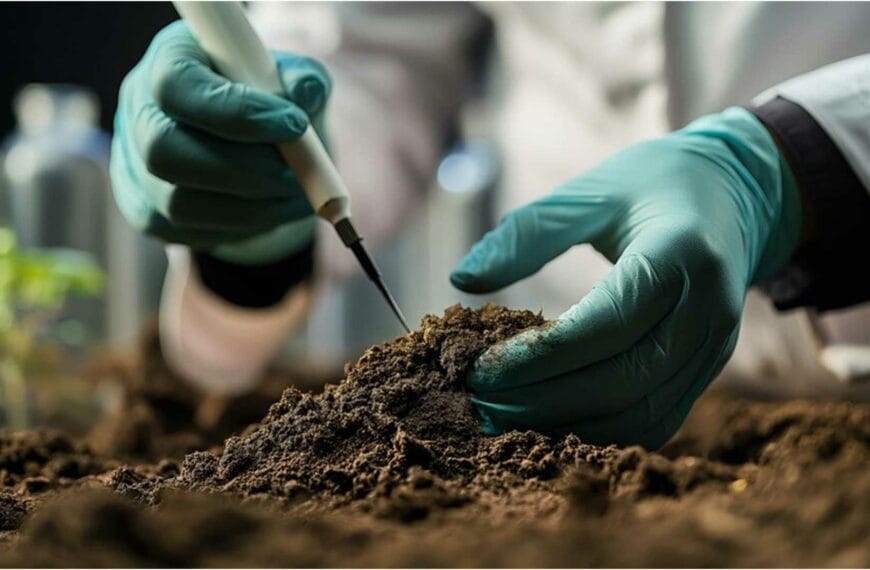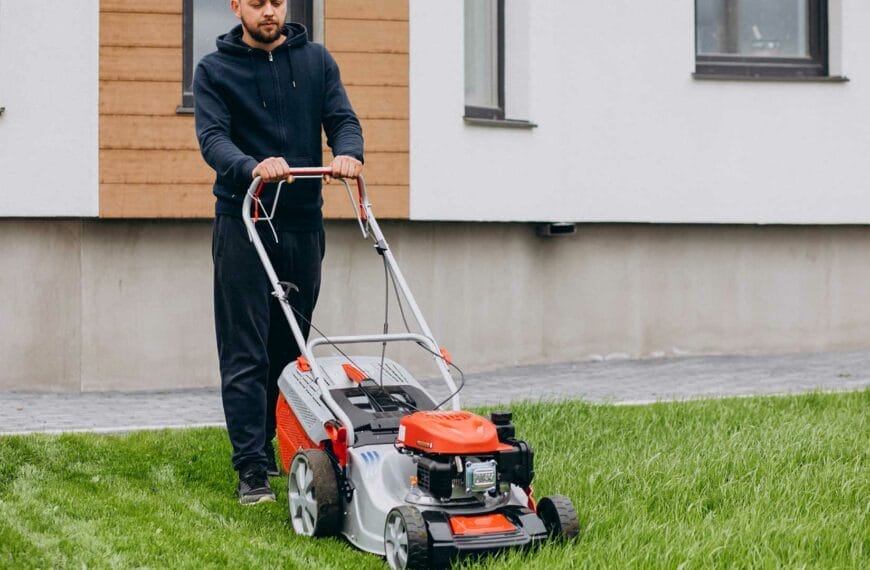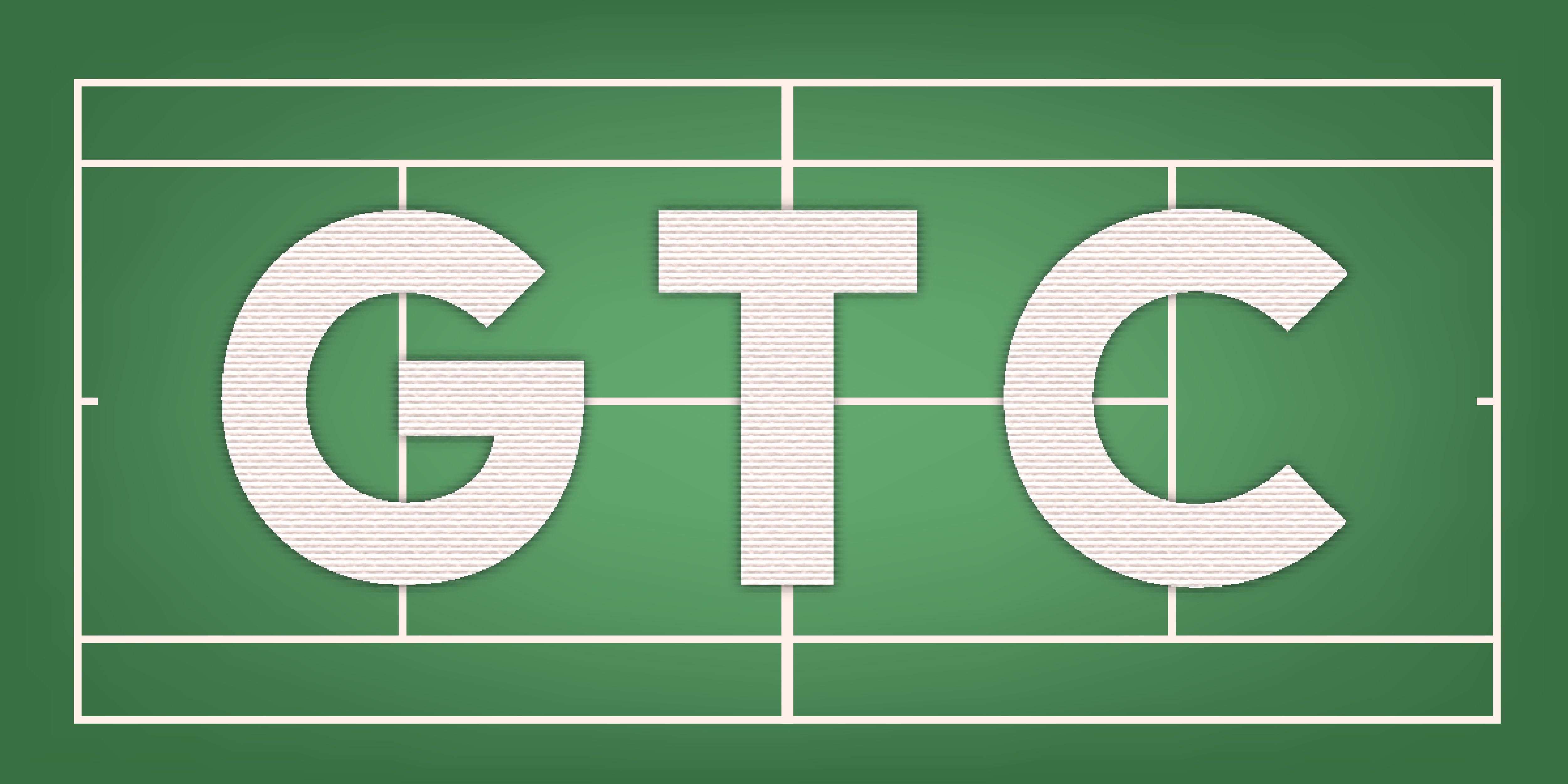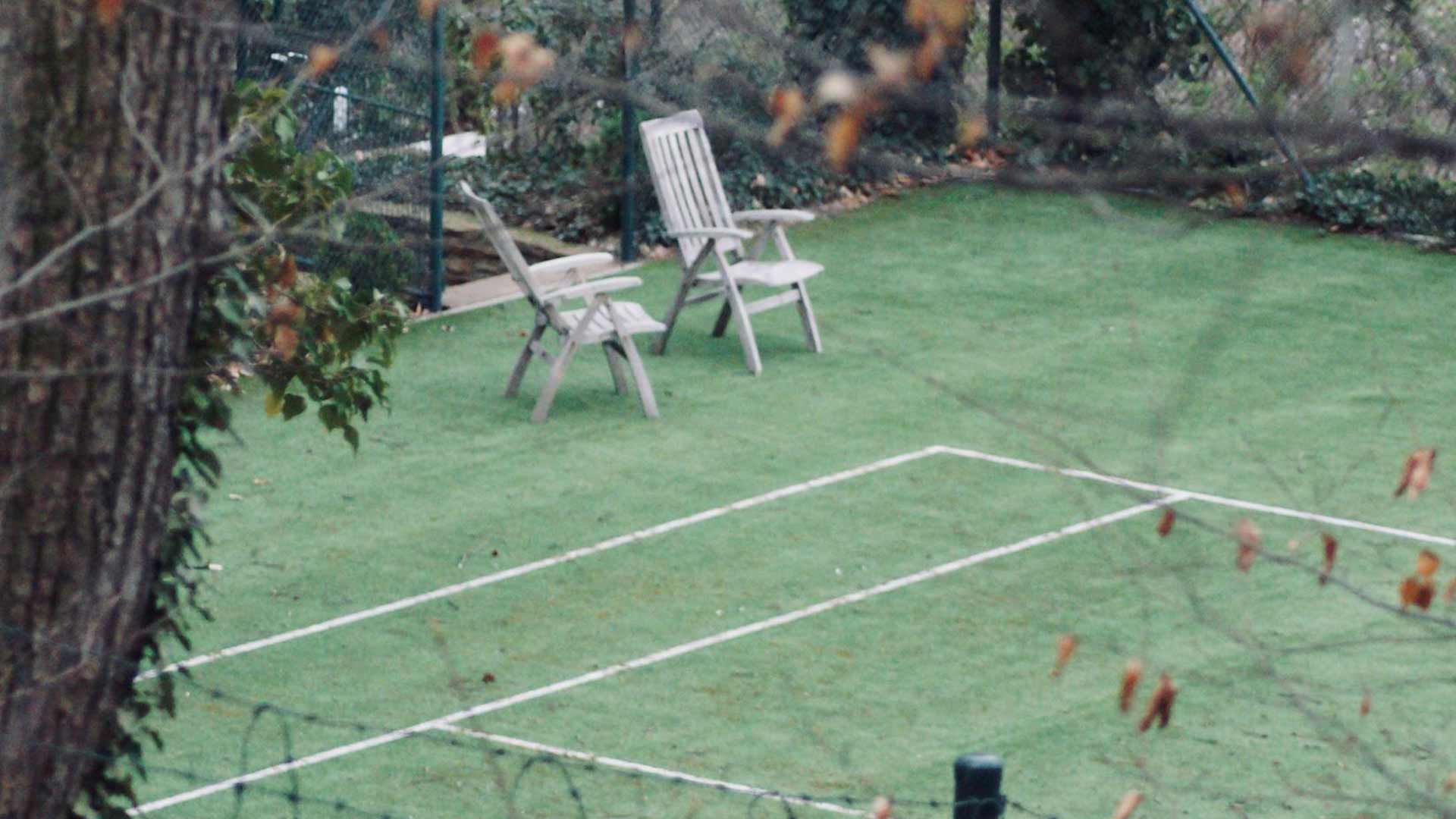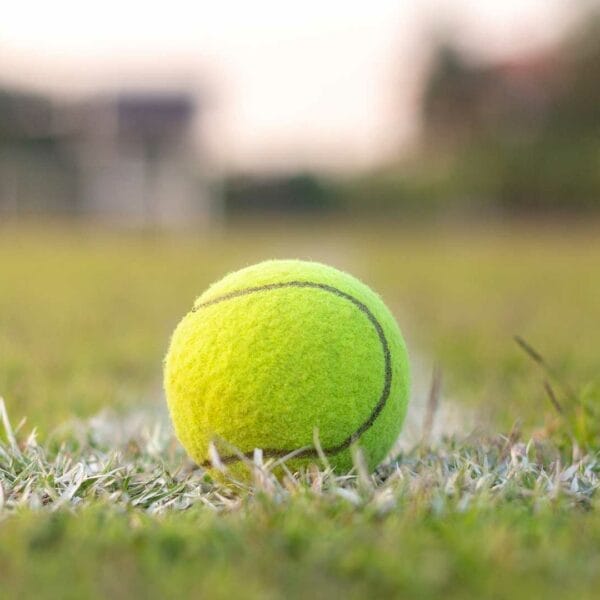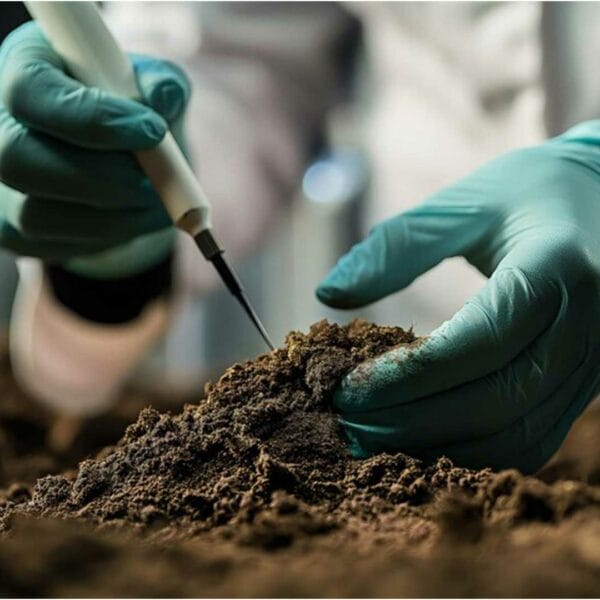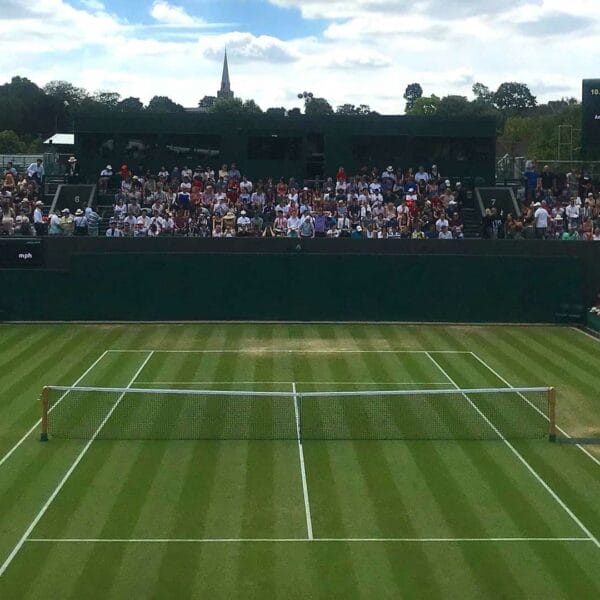How does grass height impact gameplay on grass tennis courts?
Introduction to Grass Tennis Courts and Gameplay Factors
Grass tennis courts have been a staple of the sport since its inception. They provide,a unique playing experience that sets them apart from other surfaces. The characteristics of grass courts significantly influence gameplay, making it essential for players, coaches, and facility managers to understand these factors.
One of the primary advantages of grass courts is their ability to provide excellent traction and ball speed. The short blades of grass allow for quick movements and rapid changes of direction, which can benefit agile players who rely on their footwork to outmaneuver opponents. However, this also means that players need to be prepared for the fast-paced nature of grass court play, where every shot counts and mistakes can quickly turn into losses.
In addition to ball speed and player movement, grass courts also affect serve and return of serve dynamics. The low-bouncing balls on grass require precise timing and technique from servers and returners alike, making it an ideal surface for those who excel at serving and volleying. Furthermore, the grass surface can greatly impact the spin and trajectory of shots, with some types of grass favouring topspin and others favouring slice.
The type of grass used on tennis courts can vary significantly, ranging from traditional ryegrass to more modern alternatives like Bermuda grass. Each type has unique characteristics that affect gameplay in distinct ways. Understanding these differences is crucial for players seeking to optimize their performance on different surfaces.
Ultimately, achieving optimal grass heights is key to creating a competitive and enjoyable playing environment. By striking the right balance between grass length and maintenance requirements, facilities can ensure that their courts meet the needs of players across various skill levels and styles. In the following sections, we will delve deeper into the effects of grass height on gameplay, exploring how different factors interact to shape the overall tennis experience.
Effects of High Grass Height on Ball Bounce and Speed
High grass height can significantly alter the ball bounce and speed on grass tennis courts, impacting gameplay in several ways. When the grass is too long, it creates a thicker layer of blades that can slow down the ball’s descent, resulting in higher bounces and reduced ball speeds.
This increased ball bounce can make it challenging for players to control their shots, particularly when attempting to hit sharp-angled volleys or precision groundstrokes. As a result, players may struggle to generate power and accuracy, leading to inconsistent performances and potentially altering the course of matches.
Furthermore, high grass heights can also lead to uneven ball bounces, causing the ball to dip or rise unpredictably after hitting the court. This can create difficulties for both servers and returners, as they must adapt to the changing ball behaviour to execute effective serves and returns.
In contrast, shorter grass heights tend to produce lower bounces and faster ball speeds, allowing players to generate more power and control over their shots. However, extremely short grass can become too dense, reducing the ball’s bounce and making it difficult to achieve consistent contact.
Understanding the relationship between grass height and ball behaviour is crucial for players, coaches, and facility managers to optimize court conditions and improve gameplay. By adjusting grass heights to suit specific playing styles and conditions, they can create a more competitive and enjoyable environment for all participants.
Impact of Grass Height on Player Movement and Agility
The optimal grass height on a tennis court significantly influences player movement and agility, affecting how quickly and efficiently players can cover the court. When the grass is too tall, it can be challenging for players to move swiftly across the surface, as the thick blades can cause them to slip or lose traction.
Players who are accustomed to playing on well-manicured courts with shorter grass heights often struggle to adjust to taller grass, which can decrease their mobility and agility. Conversely, those who regularly play on longer-grass courts develop strategies to navigate the terrain, but this can come at the expense of speed and quick reflexes.
In addition to the physical demands of moving on different types of grass, players must also contend with the mental aspect of adapting to varying court conditions. A player who is used to playing on fast surfaces may find themselves hesitant to take risks on slower courts, while one who is accustomed to playing on slower surfaces may feel more comfortable taking time to set up their shots.
To mitigate these challenges, many professional players and coaches emphasize the importance of practising on various court surfaces and conditions to develop the necessary skills and adaptability. By doing so, players can better prepare themselves for the unique demands of each court and improve their overall performance.
Moreover, understanding the relationship between grass height and player movement can help facility managers and groundskeepers design and maintain courts that cater to specific playing styles and preferences. By striking a balance between providing a challenging yet playable surface, they can create an environment that fosters competitive and enjoyable play for all participants.
Influence of Grass Height on Serve and Return of Serve
The serve and return of serve are critical components of tennis, requiring precision, power, and strategy. Grass height plays a significant role in determining the effectiveness of serves and returns, influencing the trajectory, speed, and spin of the ball. On a well-manicured court with short grass, serves tend to bounce higher and faster, making it easier for servers to generate pace and accuracy.
Conversely, on courts with taller grass, serves often dip lower and slower, reducing the server’s ability to control the ball’s trajectory. This can make it more challenging for servers to achieve consistent accuracy and pace, particularly when facing opponents who are adept at handling low-bouncing serves.
Returns of serve are also affected by grass height, as players need to account for the varying bounces and speeds. On short-grass courts, returns often require less power and more finesse, allowing players to exploit weaknesses in their opponent’s serve. In contrast, on long-grass courts, returns frequently demand more strength and athleticism, as players must compensate for the slower bounces and reduced pace.
Grass height can also impact the type of serves and returns players employ. For instance, on fast surfaces, players may rely more heavily on flat serves and aggressive returns, whereas on slower surfaces, they might opt for topspin serves and defensive returns. Understanding the relationship between grass height and serve/return dynamics enables players to adapt their strategies and capitalize on each court’s unique characteristics.
Furthermore, the interaction between grass height and serve/return factors highlights the importance of court maintenance and management. Facility managers and groundskeepers must strike a balance between maintaining a challenging yet playable surface and ensuring that the grass height does not become too extreme or inconsistent. By doing so, they can create an environment that promotes competitive and enjoyable play for all participants while also catering to players’ diverse needs and preferences.
Role of Grass Height in Determining Shot Outcomes and Spin
The role of grass height in determining shot outcomes and spin is multifaceted and crucial in understanding the intricacies of grass tennis courts. The interaction between the grass surface and the ball’s movement significantly influences the trajectory, speed, and spin of shots.
On shorter grass courts, the ball tends to bounce higher and faster, resulting in increased spin potential. This allows players to generate more topspin and backspin, enabling them to execute precise and powerful shots. Conversely, on longer grass courts, the ball’s slower bounce reduces the spin potential, making it more challenging for players to control the ball’s trajectory and speed.
The type of grass used on the court also affects the ball’s behaviour. Perennial ryegrass, for example, produces a softer and slower surface compared to Bermuda grass, which yields a firmer and faster surface. As a result, players must adjust their playing styles to accommodate the unique characteristics of each grass type.
In addition to the type of grass, the mowing height and density of the grass also influence shot outcomes and spin. A well-maintained court with optimal grass height allows for a more even and consistent bounce, enabling players to anticipate and react to the ball’s movement more effectively. Conversely, uneven or excessively tall grass can lead to unpredictable bounces and reduced spin potential, making it more difficult for players to execute precise shots.
Understanding the complex relationships between grass height, grass type, and shot outcomes is essential for players seeking to optimize their performance on grass tennis courts. By adapting their playing styles to the unique characteristics of each court, players can gain a competitive edge and improve their overall game. Furthermore, facility managers and groundskeepers must carefully manage the grass height and maintenance to ensure that the court provides a fair and enjoyable playing experience for all participants.
Comparison of Different Types of Grass Used in Tennis Courts
The choice of grass type plays a significant role in shaping the dynamics of a grass tennis court. Various types of grass are utilized in different tournaments and facilities worldwide, each offering distinct characteristics that affect gameplay. Understanding these differences is crucial for players to adapt their strategies and optimize their performance.
Perennial Ryegrass is one of the most commonly used grass species in professional tennis tournaments. It produces a soft and slow surface, allowing for a high-bouncing ball with increased spin potential. However, this characteristic can be challenging for players who prefer a faster-paced game, as they may struggle to control the ball’s trajectory and speed.
Bermuda Grass, on the other hand, is known for its firm and fast surface, providing a lower-bouncing ball with reduced spin potential. This makes it an ideal choice for players who rely heavily on power and speed, as they can generate more force behind their shots without worrying about excessive spin.
Other types of grass, such as Zoysia Grass and Buffalo Grass, offer varying degrees of hardness and speed. Zoysia Grass, for instance, provides a medium-hard surface with moderate spin potential, while Buffalo Grass offers a softer and slower surface with increased spin potential.
In addition to the type of grass, factors such as soil quality, climate, and maintenance practices contribute to the overall playing conditions. Well-draining soil can help prevent waterlogging and ensure a consistent bounce, whereas poor drainage can lead to uneven surfaces and unpredictable bounces.
Players must consider these variables when competing on different grass courts, adjusting their strategies to account for the unique characteristics of each surface. By doing so, they can maximize their chances of success and develop a deeper appreciation for the complexities of grass tennis.
Optimal Grass Heights for Various Playing Styles and Conditions
The optimal grass height for a tennis court depends on several factors, including the player’s style, skill level, and personal preference. While there is no one-size-fits-all solution, understanding the relationship between grass height and gameplay can help players adjust their strategies to suit the specific conditions.
A shorter grass height is often preferred by aggressive players who rely on power and speed. This shorter surface allows them to generate more force behind their shots, making it easier for them to hit winners and dominate their opponents. In contrast, defensive players who focus on strategy and finesse tend to perform better on longer grass heights. The extra length gives them time to react and anticipate their opponents’ moves, enabling them to make more effective shots and outmaneuver their opponents.
In terms of skill level, beginners and intermediate players often benefit from slightly longer grass heights. This allows them to develop their skills and build confidence without being overwhelmed by the speed and power of the game. Advanced players, on the other hand, typically prefer shorter grass heights, which require more precision and technique to navigate successfully.
Weather conditions also significantly affect the optimal grass height. In hot and humid climates, a slightly longer grass height can help reduce the risk of dehydration and heat exhaustion. Conversely, in cooler and drier environments, a shorter grass height can improve traction and reduce the likelihood of slipping or falling.
Additionally, the type of grass used on the court can influence the optimal grass height. As mentioned earlier, perennial ryegrass tends to produce a softer and slower surface, while Bermuda grass creates a firmer and faster surface. Players should adjust their expectations accordingly, taking into account the unique characteristics of the grass and how it will affect their gameplay.
Ultimately, finding the right balance between grass height and gameplay requires experimentation and adaptation. Players must be willing to adjust their strategies based on the specific conditions and learn to appreciate the nuances of different grass heights. By doing so, they can unlock new levels of performance and enjoyment on the court.
Challenges Faced by Players When Playing on Tall or Short Grass
Playing on tall or short grass can present numerous challenges for tennis players, affecting their overall performance and enjoyment of the game. When faced with an unfamiliar grass height, players may struggle to adapt their strategies, leading to frustration and decreased success.
One of the primary difficulties encountered when playing on tall grass is reduced ball control. Long grass blades can cause the ball to bounce unpredictably, making it challenging for players to accurately place their shots. This can lead to errors and unforced mistakes, ultimately affecting a player’s ability to win points and matches.
On the other hand, playing on short grass can increase ball speed and reduce spin. While this may favor aggressive players who rely on power and speed, it can be detrimental to those who rely on finesse and strategy. Short grass can also increase the risk of injuries, particularly ankle sprains and knee strains, due to the reduced cushioning and increased friction.
Players who are accustomed to playing on a particular grass height may experience discomfort and difficulty adjusting to a significantly taller or shorter surface. This can lead to mental fatigue, decreased motivation, and a higher risk of burnout. Furthermore, the physical demands of adapting to a new grass height can put additional stress on the body, increasing the likelihood of overuse injuries.
In addition to these challenges, players may also face issues related to equipment and gear. For example, rackets and shoes designed for specific grass heights may not perform optimally on alternative surfaces, requiring players to invest in new equipment or modify their existing gear.
To overcome these challenges, players must be willing to experiment and adapt their strategies to suit the specific conditions. This may involve adjusting their footwork, shot selection, and overall approach to the game. By developing a deeper understanding of how grass height affects gameplay, players can refine their skills and become more resilient in the face of changing conditions. Ultimately, embracing the challenges presented by tall or short grass can help players grow both physically and mentally, leading to improved performance and a more enjoyable tennis experience.
Maintenance and Management Strategies for Ideal Grass Heights
Maintenance and management strategies play a crucial role in maintaining ideal grass heights on tennis courts. Proper maintenance ensures that the grass remains healthy, even, and consistent, providing optimal playing conditions for players. Here are some key strategies for maintaining and managing grass heights:
Regular Mowing
Regular mowing is essential to maintain the desired grass height. The frequency of mowing depends on factors such as weather conditions, grass growth rate, and court usage. Typically, courts require mowing every 7-10 days during peak growing seasons.
Proper Watering
Adequate watering is vital to keeping the grass healthy and preventing water stress. Overwatering can lead to fungal diseases, while underwatering can cause the grass to turn brown and die. Courts should receive 1-2 inches of water per week, either through rainfall or irrigation systems.
Fertilization and Pest Control
Fertilizers promote healthy grass growth, while pest control measures prevent damage from insects, weeds, and diseases. A balanced fertilizer program should be implemented, taking into account soil type, grass species, and environmental factors.
Aeration and Dethatching
Aeration improves air circulation, reduces soil compaction, and promotes healthy root growth. Dethatching removes dead grass and debris, allowing for better water penetration and reducing the risk of disease.
Grass Species Selection
It is critical to choose the right grass species for your climate and playing style. Some popular grass species used in tennis courts include perennial ryegrass, Kentucky bluegrass, and Bermuda grass.
Court Drainage Systems
Effective drainage systems remove excess water quickly, preventing waterlogging and promoting healthy grass growth. Courts with poor drainage may require specialized systems or modifications to address these issues.
Player Education and Communication
Clear communication between players, coaches, and court staff is essential to ensure that everyone understands the importance of maintaining ideal grass heights. Educating players about the benefits of proper grass care and the potential consequences of neglecting maintenance can help foster a culture of responsibility and respect for the court.
Implementing these maintenance and management strategies can help tennis clubs and facilities create optimal playing conditions, ensuring a safe and enjoyable experience for players of all levels.
Conclusion: Balancing Grass Height for Competitive and Enjoyable Play
In conclusion, achieving optimal grass heights is crucial for a competitive and enjoyable tennis experience on grass courts. By understanding how varying grass heights affect ball bounce, player movement, serve dynamics, shot outcomes, and spin, players can adapt their strategies to excel in different conditions. The ideal grass height varies depending on playing style, court surface type, and environmental factors, emphasizing the importance of regular maintenance and management. Ultimately, striking a balance between tall enough grass to slow down balls and short enough to allow for quick movements is essential for success in grass tennis. By prioritizing this delicate balance, players, coaches, and facility managers can create an environment that fosters competitive play while promoting enjoyment and fair competition among all participants.


